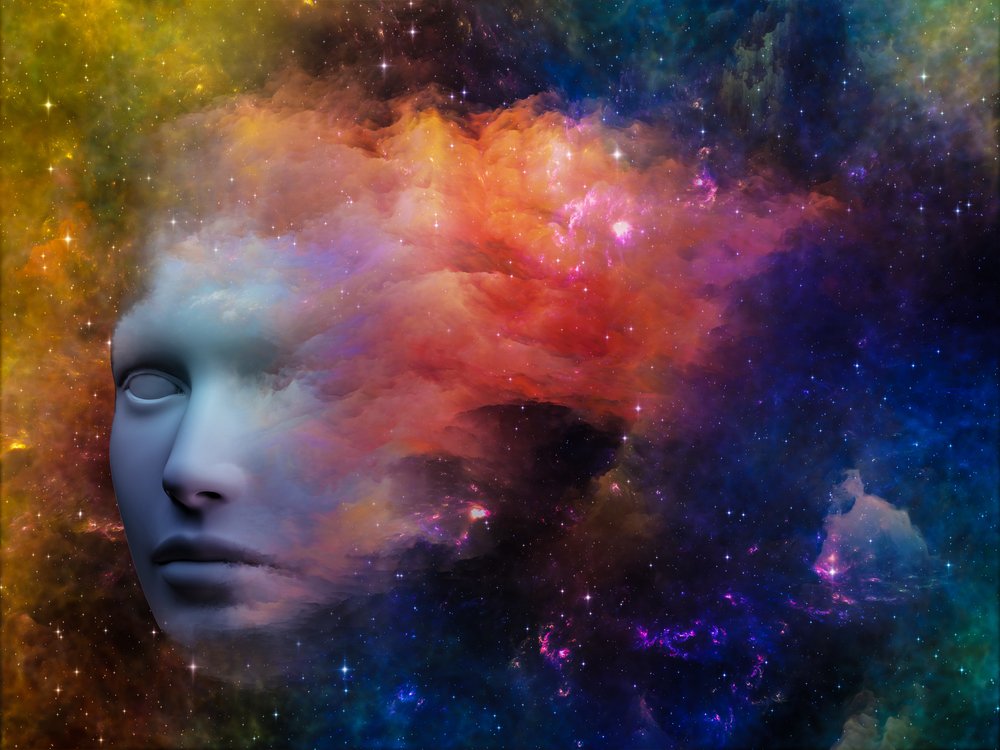What's On This Page?
ToggleDo you experience bad dreams or nightmares?
Imagine slipping into a peaceful slumber, only to be jolted awake by vivid and unsettling nightmares. For many people, this nightmarish scenario is not just a work of fiction but a haunting reality linked to the medications they rely on for health and well-being.
In the realm of sleep disturbances, nightmares stand as the unsettling villains, disrupting our peaceful dreamscape and warm comfy bed!

Statistics about bad dreams
And here’s a startling statistic: Studies suggest that approximately 10% of medication users experience nightmares as a side effect of their treatment. These bad dreams can range from eerie scenarios to downright terrifying experiences, leaving those affected yearning for restful nights.
Sleep aids notoriously disrupt your dreams! Ironic, huh?!
And it’s not just medications! Did you know that the world’s favorite sleep aid “melatonin” can cause bad dreams? Sure enough, this natural over-the-counter remedy may induce problems with sleep, and also, melatonin is naturally found in plants!
Read my other article, 10 Popular Plants and Food that Contain Melatonin.
But how do medications, designed to alleviate our ailments, become the unexpected architects of these unsettling nocturnal visions? It’s a good question and one that drug makers don’t study a whole lot.
The connection between medications and nightmares is a complex web that needs more understanding.
For now, here are the medications most often associated with nightmares. My hope is that if you find a medication on this list that you take, you’ll speak to your doctor about either discontinuing it (if it’s no longer necessary) or switching to a different medication that allows you to have a restful night’s sleep.
The most common drugs that cause bad dreams or nightmares:
• Albuterol
• Aliskiren; Amlodipine
• Aliskiren; Amlodipine; Hydrochlorothiazide, HCTZ
• Almotriptan
• Alprazolam
• Amantadine
• Amitriptyline
• Amlodipine
• Atenolol
• Atenolol; Chlorthalidone
• Atorvastatin
• Atropine; Hyoscyamine; Phenobarbital; Scopolamine
• Belladonna Alkaloids; Ergotamine; Phenobarbital
• Bendroflumethiazide; Nadolol
• Bisoprolol
• Bisoprolol; Hydrochlorothiazide, HCTZ
• Bromocriptine
• Buspirone
• Carbidopa; Levodopa
• Carbidopa; Levodopa; Entacapone
• Carteolol
• Carvedilol
• Cefpodoxime
• Cephalothin
• Cetirizine
• Chloral Hydrate
• Cinoxacin
• Ciprofloxacin
• Citalopram
• Clarithromycin
• Clonazepam
• Clonidine
• Clorazepate
• Clozapine
• Cysteamine
• Darunavir
• Diazepam
• Doxepin
• Dronabinol, THC
• Droperidol
• Duloxetine
• Efavirenz
• Efavirenz; Emtricitabine; Tenofovir
• Enalapril, Enalaprilat
• Escitalopram
• Estazolam
• Ethosuximide
• Etravirine
• Fenfluramine
• Flurazepam
• Gatifloxacin
• Gemifloxacin
• Grepafloxacin
• Hydrochlorothiazide, HCTZ; Methyldopa
• Hydrochlorothiazide, HCTZ; Metoprolol
• Hydrochlorothiazide, HCTZ; Propranolol
• Hydroxychloroquine
• Ketamine
• Latanoprost; Timolol
• Levobetaxolol
• Levobunolol
• Levodopa
• Levofloxacin
• Lorazepam
• Mefloquine
• Melatonin
• Mephobarbital
• Methyldopa
• Metoprolol
• Midazolam
• Moxifloxacin
• Nadolol
• Naltrexone, here’s an article about LOW DOSE NALTREXONE and autoimmunity
• Oseltamivir
• Oxazepam
• Paliperidone
• Penbutolol
• Pentobarbital
• Peramivir
• Phenobarbital
• Pindolol
• Pramipexole
• Prazepam
• Primidone
• Procarbazine
• Promethazine
• Propafenone
• Propranolol
• Quetiapine
• Quinacrine
• Rasagiline
• Rosuvastatin
• Sertraline
• Sibutramine
• Sodium Oxybate
• Sparfloxacin
• Temazepam
• Timolol
• Trazodone
• Triazolam
• Trimipramine
• Trovafloxacin, Alatrofloxacin
• Varenicline
• Zanamivir
• Zolpidem

Suzy Cohen, has been a licensed pharmacist for over 30 years and believes the best approach to chronic illness is a combination of natural medicine and conventional. She founded her own dietary supplement company specializing in custom-formulas, some of which have patents. With a special focus on functional medicine, thyroid health and drug nutrient depletion, Suzy is the author of several related books including Thyroid Healthy, Drug Muggers, Diabetes Without Drugs, and a nationally syndicated column.
